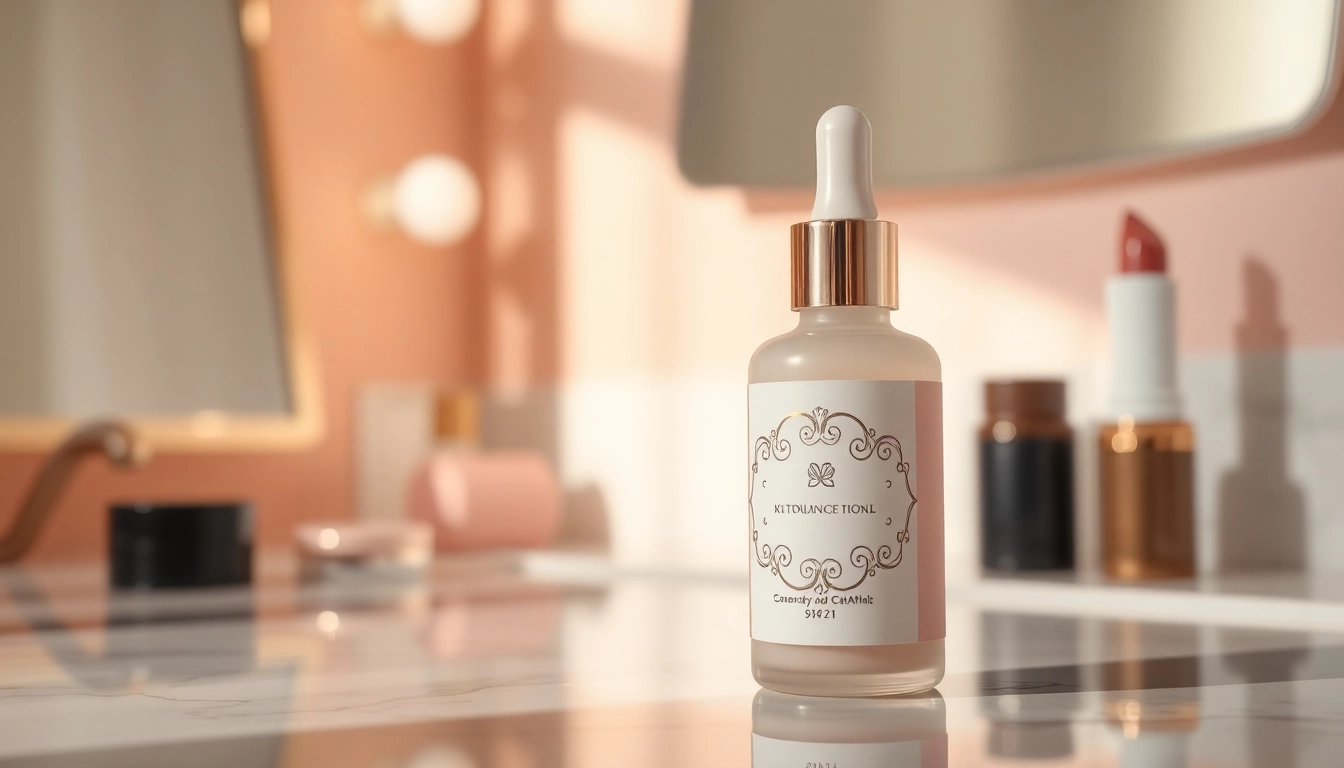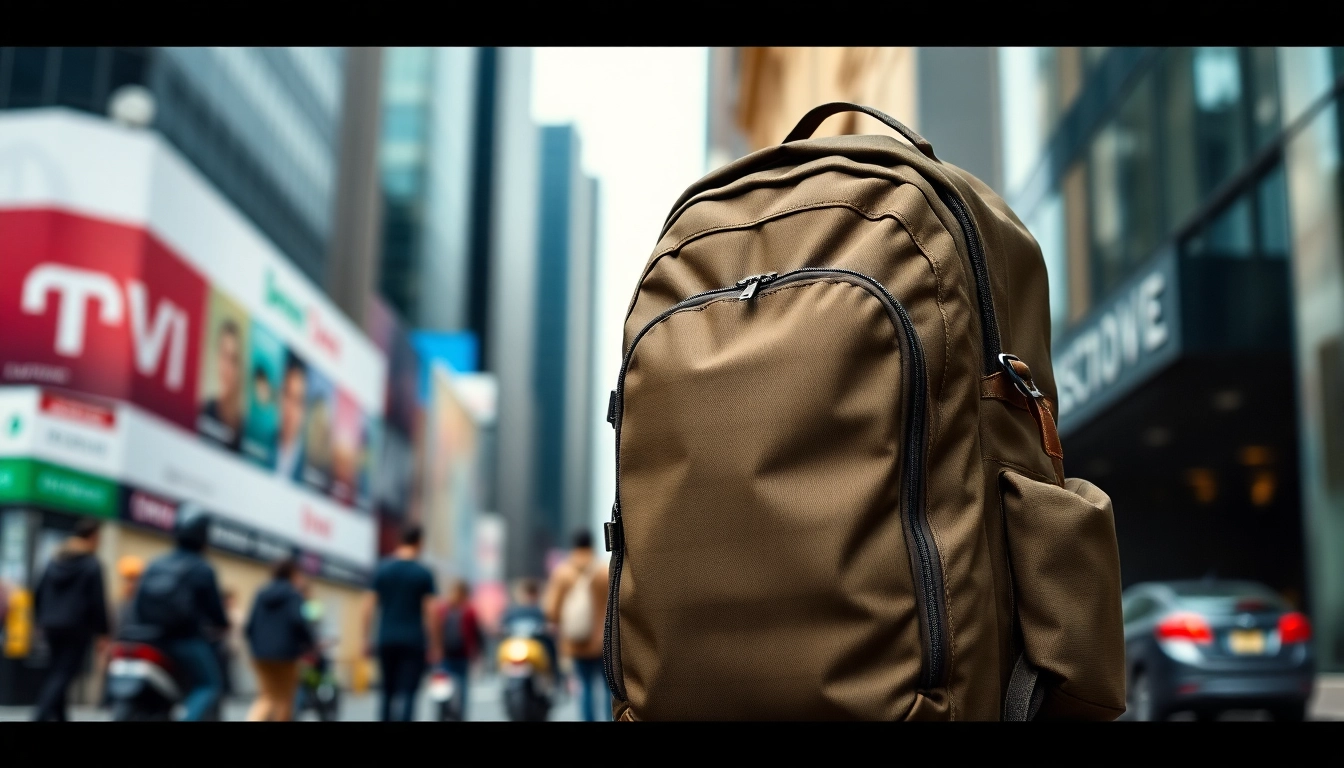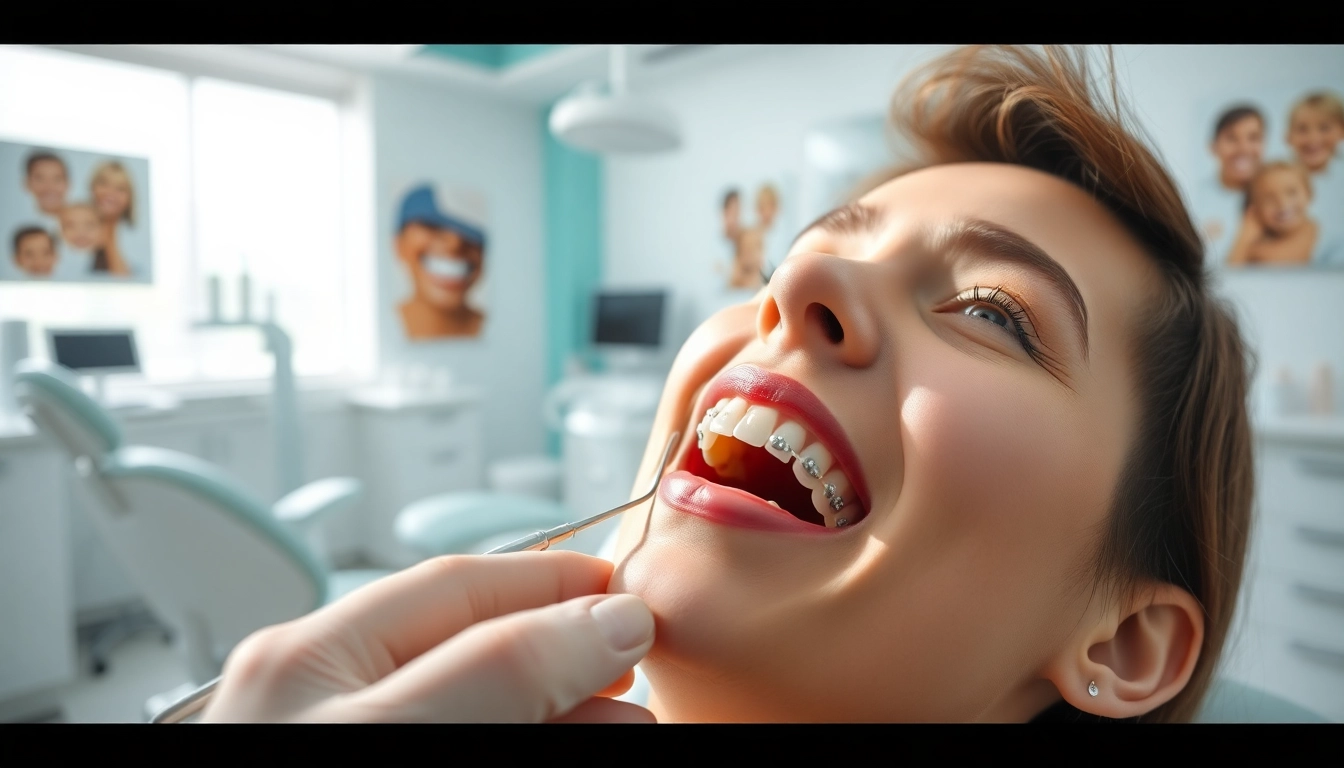Understanding the Importance of Makeup Label
In the world of beauty and cosmetics, one of the most crucial elements determining a product’s success is its makeup label. This seemingly simple component serves multiple functions, from branding and consumer guidance to ensuring regulatory compliance. As consumers become more discerning and knowledgeable, the significance of an effective makeup label has never been more pronounced. This article delves deep into various aspects of makeup labels, providing insights into their composition, design trends, and the impact they have on consumer behavior, regulation, and brand identity.
The Role of Branding in Cosmetics
Branding is the foundation of any successful business, particularly in the cosmetics industry, where competition is fierce. A well-crafted makeup label not only identifies the product but also encapsulates the brand’s ethos, values, and unique selling proposition. The label is often the first point of contact for consumers, and as such, it must resonate with the target audience.
Effective branding through a makeup label involves thoughtful design that reflects the spirit of the brand. This can range from the choice of typography, colors, and imagery to the overall layout. Whether you’re a luxe skincare brand or a playful makeup line, your label should communicate the right message and create an emotional connection with consumers.
How a Makeup Label Affects Consumer Choices
First impressions matter, especially when it comes to consumer purchasing decisions. Studies have shown that a significant portion of consumers relies heavily on packaging and label design when selecting cosmetic products. A makeup label serves as a visual cue that influences perceptions regarding quality, safety, and efficacy.
For example, a minimalist design may appeal to consumers looking for natural or organic products, while vibrant colors and playful fonts might attract a younger demographic seeking fun and creativity. Additionally, labels that highlight customer testimonials or awards can further persuade consumers by providing social proof of the product’s effectiveness.
Regulatory Compliance for Cosmetic Labels
Beyond aesthetics and marketing, a makeup label must also adhere to strict regulatory standards set by governing bodies. In many regions, cosmetic labels must include specific information such as ingredients, usage instructions, and manufacturer details, ensuring transparency and consumer safety.
Failure to comply with these regulations can lead to legal ramifications, loss of market access, and damage to brand reputation. Understanding these requirements is vital for any cosmetic brand; therefore, collaborating with legal experts and regulatory consultants is often advisable during the label design process.
Key Components of an Effective Makeup Label
Essential Information Your Label Must Include
While creativity in design is essential, functional information is paramount. A makeup label should communicate certain key details:
- Product Name: This is the most recognizable part of the label and must be clearly stated and legible.
- Ingredients List: Consumers have become increasingly ingredient-conscious; transparency about what’s in the product fosters trust.
- Instructions for Use: Clear directions on how to use the product effectively can enhance customer satisfaction.
- Net Weight: This informs consumers about the quantity of product they are buying.
- Contact Information: Manufacturer details provide accountability and allow consumers to reach out for support or inquiries.
Choosing the Right Typography for Visibility
The typography on a makeup label can make or break the communication of your brand message. The choice of font must balance aesthetics with legibility. Some essential considerations in typography include:
- Font Style: Consider whether serif, sans-serif, or script fonts align with your brand personality. Serif fonts often convey elegance, while sans-serif can feel modern and clean.
- Size and Weight: Important information like product name and usage instructions should be prominent, while secondary details can be smaller.
- Readability: Avoid overly decorative fonts that can make reading difficult, especially in low-light conditions.
Utilizing Color Psychology in Your Makeup Label
Color plays a critical role in evoking emotions and guiding consumer choices. Leveraging color psychology in makeup label designs can significantly enhance brand appeal. Each color conveys different feelings and associations:
- Red: Associated with passion and excitement; great for bold brands.
- Blue: Conveys trust and reliability; often used by skincare brands.
- Green: Used widely for natural and organic products, symbolizing freshness and health.
- Black: Often signifies luxury and elegance, making it popular for high-end brands.
When selecting colors, consider your target demographic, the emotions you want to evoke, and how you differentiate from competitors.
Design Trends in Makeup Label Creation
Popular Aesthetics for Modern Cosmetic Brands
The beauty industry is constantly evolving, with new design trends emerging frequently. Currently, some popular aesthetics include:
- Minimalism: Less is more—the focus is on clean lines, muted colors, and straightforward messaging.
- Vintage Elements: Using retro typography and color palettes can appeal to nostalgia and create a unique brand identity.
- Bold Graphics: Eye-catching illustrations and patterns can stand out on crowded retail shelves, attracting attention quickly.
When aligning your design with contemporary trends, ensure it resonates with your brand’s identity and mission.
Incorporating Sustainable Practices in Label Design
As consumers increasingly seek eco-friendly products, incorporating sustainability into label design becomes essential. Brands can adopt several practices to create more sustainable labels:
- Recyclable Materials: Use paper or film that can be easily recycled, minimizing environmental impact.
- Eco-Friendly Inks: Opt for vegetable-based inks that reduce toxic components and improve biodegradability.
- Minimal Packaging: By reducing excess plastic and color printing, brands can lower their ecological footprint.
Emerging Technologies for Innovative Labels
Technology is shaping how labels are designed and interacted with, offering exciting possibilities:
- QR Codes: Labels can incorporate QR codes that link to product information, how-to videos, or promotional offers, enhancing customer engagement.
- Augmented Reality (AR): Some brands are experimenting with AR to bring their labels to life, providing consumers with interactive experiences.
- Smart Labels: Embedded with NFC technology, allowing customers to access detailed product histories and authenticity verification through their smartphones.
Practical Steps to Create Your Makeup Label
Sketching and Mockup Creation Techniques
The initial phase of label design typically involves brainstorming and sketching ideas. This is where creativity can flow unimpeded. Consider these steps:
- Research: Analyze competitors’ labels to identify common themes and gaps in the market.
- Brainstorm: Gather a team of creative minds to suggest various ideas.
- Sketch: Create multiple rough drafts focusing on different elements such as layout, typography, and imagery.
- Digital Mockups: Transition promising sketches to design software for further refinement.
Choosing the Right Material for Labels
The choice of label material impacts not only aesthetics but functionality and durability. Key considerations include:
- Durability: Depending on the product (e.g., whether it prolongs exposure to moisture or sunlight), select materials resistant to wear and tear.
- Finish: The choice between matte, gloss, or transparent finishes can change a label’s perception significantly.
- Adhesive: Depending on the nature of the container, select an adhesive that ensures longevity and resistance to peeling.
Finalizing Your Design for Print
Once the design is polished, the final steps involve preparing it for print. This includes:
- Proofreading: A meticulous check to ensure all text is correct, ingredient lists are accurate, and legal information is included.
- Color Adjustments: Run color tests to confirm that colors on-screen match the final printed version.
- Printing Specifications: Work with your printing team to finalize dimensions, materials, and printing methods.
Measuring the Success of Your Makeup Label
Collecting Consumer Feedback and Insights
After launching makeup products, gathering consumer feedback is vital. Implement surveys, focus groups, or social media polls to capture insights about the label’s effectiveness and appeal. Look for patterns in consumer responses that might indicate areas of improvement.
Analyzing Sales Data Post-Launch
Integrate analytics to assess sales performance linked to the label design. Key performance indicators might include overall sales increase, customer retention rate, and market share shifts post-launch. Evaluating this data can provide insights into consumer preferences.
Adjusting Your Strategy Based on Market Trends
The beauty market is constantly evolving, requiring brands to stay attuned to trends and consumer preferences. Regularly review sales reports and market research to identify shifts. This may involve redesigns of labels, adjustments in marketing strategies, or product tweaks to keep up with consumer desires.














Leave a Reply